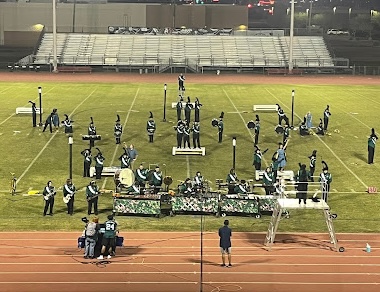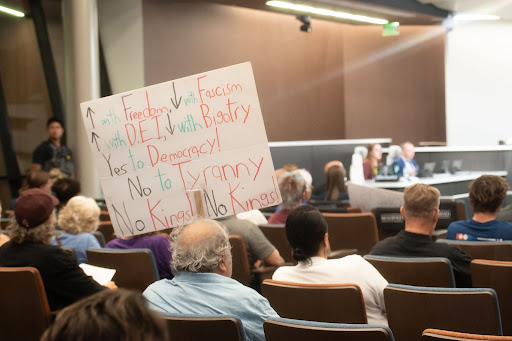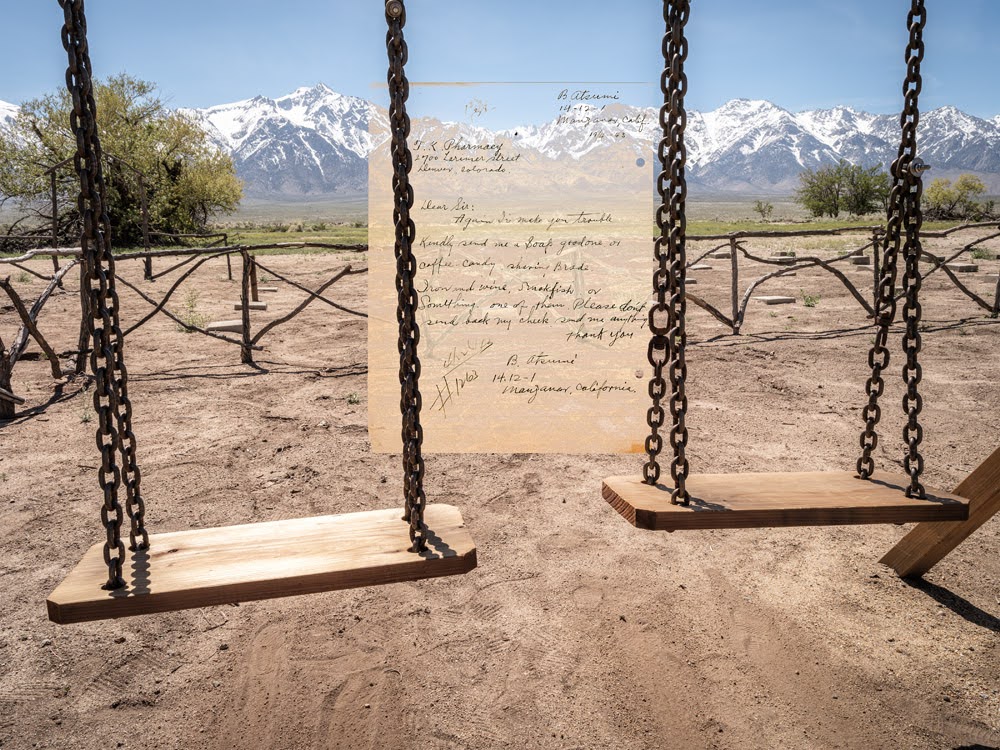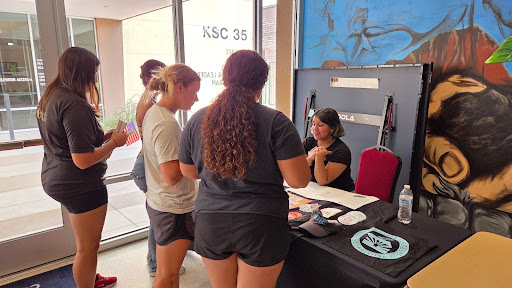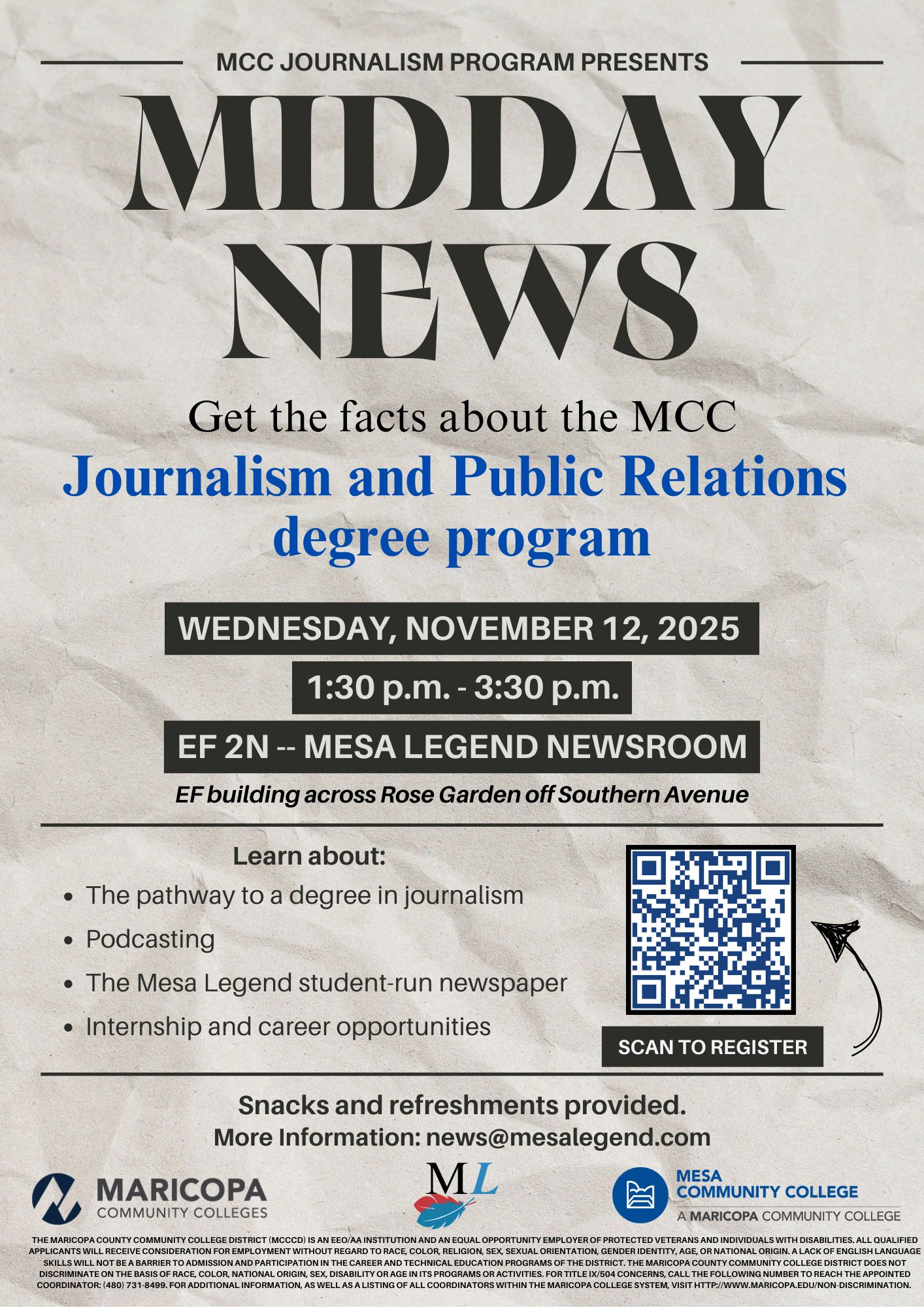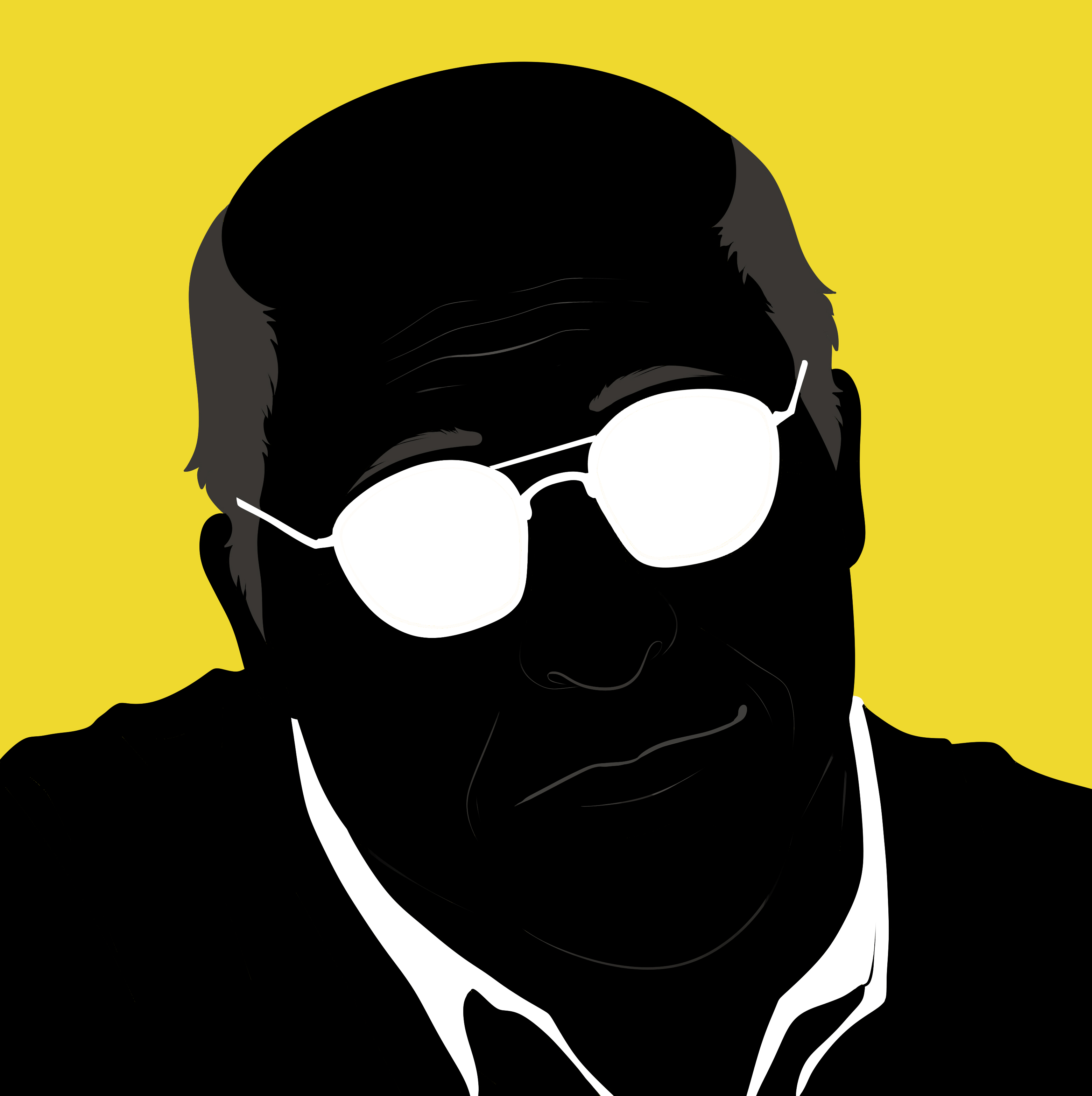“Vice”: a chaotic look at the order of power
“Vice” is veteran director Adam McKay’s latest venture in the world of American history. Instead of a topical exploration like “The Big Short” McKay extends into the world of biopics.
Under the lens this time is the former Vice President to the Bush administration Dick Cheney who secretly reshaped the country following 9/11.
“Vice” has seen moderate critical and commercial success since its debut in December. However, what has critics buzzing is the powerhouse performance turned over by Christian Bale.
Bale plays Cheney during various stages of his life complete with all the aging make-up, fat suits and heart attacks.
Bale turns in what might be his most authentic performance since “American Psycho” which is an impressive feat considering Dick Cheney is a known historical figure.
Bale does an immaculate job of portraying a character that grows into his ideologies rather than being born with them.
Bale also does an impressive job of not turning Cheney into a villain or caricature but rather chooses to lean on the more human elements of the character.
As Cheney grows along the way and encounters various political figures Bale provides great insight into how those figures influenced Cheney.
One such influential figure is Donald Rumsfeld portrayed by Steve Carell; who is continuing to prove that he has the dramatic potential to go toe-to-toe with any heavyweight.
Carrell provides an accessible yet distressing look into the relationship between two of America’s great warmongers.
Sam Rockwell pops in from time to time as George W. Bush but is relegated to what seems like a glorified cameo.
Of course, the key Cheney moments play into the story but politics and hunting accidents aside, Cheney’s relationship with his family is the heart of the film.
In those homey, family moments Amy Adams shines as the rock hard and unfaltering Lynne Cheney.
When Bale waivers Adams hits hard and when Bale’s performance seems too subdued and jaded interactions with Adams reground and solidify the story and themes.
Adams portrays Cheney with the same predilection and measured patience that Bale brings to the role. However, Adams brings a sense of urgency to both the film and the plot.
To Bale’s aid is the magnificent directing of, frequent Will Ferrell collaborator, Adam McKay, who is quickly turning into a 21st century Oliver Stone (but with a better sense of humor).
McKay brings in some rapid-fire, avant-garde editing techniques to create a cinematic texture unique to this story.
For cinema lovers the editing alone warrants the ticket price and the acting is just an added bonus.
A number of sequences are anchored by the films clever uses of time and place in regards to editing. In fact, many of the sequences would be much weaker if placed in a traditional liner format.
Instead, movie-goers are treated to a constant barrage of quick-cuts and cut-aways that place added context within the story.
The downfalls of the film are in its writing and story framing. While the story is framed in an interesting way it does nothing to help the viewer assemble the puzzle pieces of the story or of Cheney’s life.
The writing leaves a lot to be desired especially when compared to McKay’s last effort, The Big Short.
The script leaves actors like Carell and Rockwell little to work with and in turn whittles down there supporting roles to blimps on Cheney’s radar.
“Vice” may be underwhelming for traditional movie audiences and those historians hoping to learn more about Cheney than they already knew.
“Vice” is great for the historical drama faithful or any film fan who is interested in new editing and cinematography techniques.

